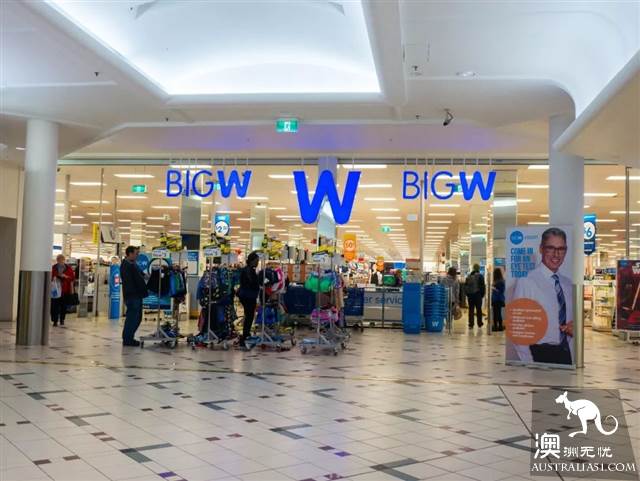
Woolworths to close 1/3 of BIG W Australia`s 183 stores
According to Australian media reports, the investment bank Morgan Stanley (Morgan Stanley) analysis said that Australia`s large physical retailers, like the evolutionary failure of dinosaurs, because of the size of the business is too large to keep up and eventually decline.
In the quarter ended last month, only three of Australia`s 22 big retailers grew faster than operating costs per square meter, according to Morgan Stanley.
The threat for the survival of large retailers is not the cyclical factor of the retail industry, but the continuous evolution and evolution of the retail industry.
Large retailers slow to perish
The size of large retailers has always been as large as the dinosaurs of ancient times.
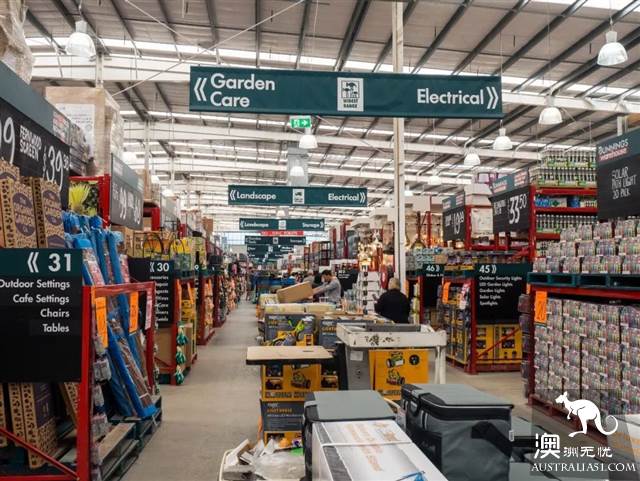
Although the advantages of large volumes are evident for smaller competitors of the same size. But in the face of industry spoilers such as electronic commerce, large retailers have an insurmountable divide and inevitable weaknesses.
Thomas Kierath, a retail analyst at Morgan Stanley, said that according to recent trends in the earnings quarter, major Australian retailers appear to be slowly perishing.
In a report to customers, Thomas Kierath said: "We believe that consumers are gradually moving away from the large retail business and are increasingly favouring the convenience and shopping experience of small retailers. In addition, we have found that electronic commerce is beginning to have a modest impact on large retailers.

Morgan Stanley`s analysis uses sales per square meter as a measure. The reason is the lack of consistency in the "same-store sales" used by retailers, and often underestimates the impact of new stores eating away at existing stores.
In addition, sales growth per square meter is consistent with retail operating costs, rent costs and salary costs.
Scentre Group, one of Australia`s largest retail owners, operates 43 shopping malls in the state. According to data provided by the group, rent growth is 2.5%. In addition, the industry`s salary growth rate was 3.5 percent, according to the minimum salary for retail workers released by the Fair work Commission (the Fair Work Commission).
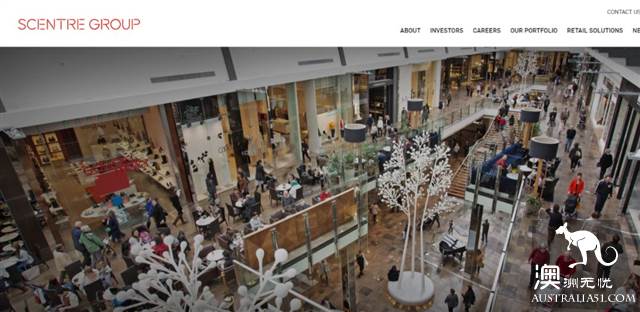
Screenshot of the official website of Scentre Group
"with rent growth of 2.5 percent and salary growth of 3.5 percent, the operating costs of 70 to 90 percent of large retailers will rise," Kierath said. As a result, the growth rate of large retailers` sales per square meter is likely to decline soon.
"We think there are very few retailers who are able to grow sales per square meter before internal costs increase," he said.

Given the existence of inherent costs, the operating costs of large retailers are often inevitable.
"if retailers cut staff, adjust business hours or lower marketing costs, we think this could accelerate the slowdown in sales growth per square meter," Kierath warned.
Scale increase ≠ performance growth
Scale has become an important factor affecting the performance of the retail industry. For at least the past six months, we have seen "small" retailers perform significantly better than "large" retailers.
Morgan Stanley attributed the difference to the following three key factors for sustained growth.
Convenience change
Consumers spend less time shopping, so they prefer convenience stores to large retail stores that operate separately at fixed locations.

shopping online
A growing number of consumers are turning to online shopping by wired physical stores, leading to a decline in sales by large physical retailers. The main reason for this shift is that online shopping is both convenient and convenient.
Shopping experience
Smaller retailers tend to pay higher rents than large retailers to increase consumer investment in the shopping experience. In other words, these small retailers have an advantage in catering to consumer demand and creating a "consumer-friendly" shopping experience.
This is no doubt a problem, given that the strategy of large retailers has been to scale up over the past few years. Take the Coles supermarket chain, where the average store area has increased by about 12% over the past decade.
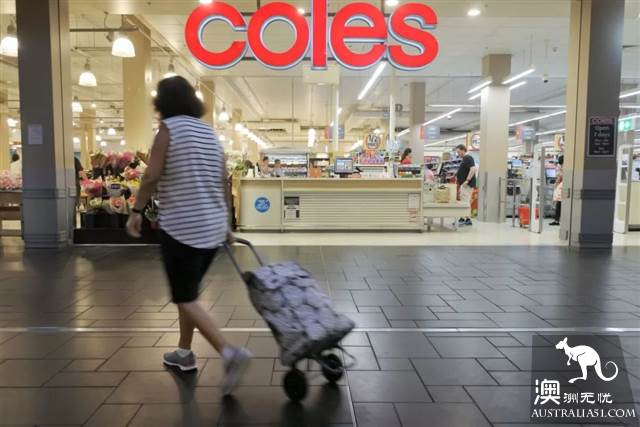
This is a recurring story in the retail industry.
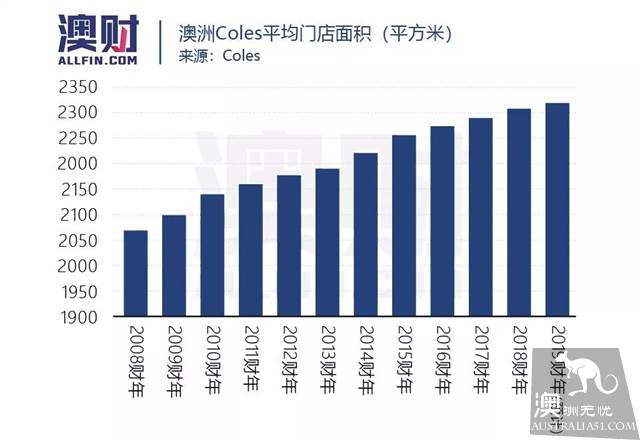
On the question of why the bigger is bad, we can draw a conclusion from Woolworths`s two liquor chains of different sizes. That is, larger Dan Murphy and significantly smaller BWS.

In last month`s results, BWS`s results were significantly better than those of Dan Murphy for the same period.

BWS sales grew 4.6 percent in the six months to December 31, 2018, according to Morgan Stanley. Among them, sales per square meter rose 3.3%, stores rose 1.3%. As a result, overall Dan Murphy sales, which look more powerful, rose only 0.8 percent, while sales per square meter fell 0.6 percent.
Meanwhile, data from Morgan Stanley showed that, Dan Murphy traffic fell about 5 percent in six months. This is not an ideal result for a large retailer that relies mainly on human traffic to drive sales.
The rise of online shopping, the dream of large-scale solid retail!
Overall, the biggest problem facing large retailers is the rise of electronic commerce. With its vast coverage and meagre profit margins, online shopping has cast a huge shadow over large physical retailers.
Thomas Kierath, a retail analyst at Morgan Stanley, said unabashedly: "electronic commerce is gradually eating away the market share of large retailers."

In fact, large supermarket chains such as Woolworths and Coles have stepped up their investment in online shopping channels as a good example.

Morgan Stanley`s research found that online shopping channel sales at the Woolworths and Coles supermarket chains rose 26 percent. Sales of offline physical channels, by contrast, grew only 1.3%.
In addition, the losses and damage suffered by large physical retailers are permanent.
It is worth mentioning, however, that not all dinosaurs end up perishing. Some dinosaurs survived because of their rapid evolution. For example, some dinosaurs were feathered and flew into the air; others became smaller and smarter, swimming into warm estuarine waters such as the Northern Territory.
As a result, the same is true for large physical retailers. If they were able to adapt enough, they would not be perished. To do so, of course, we need to move beyond the traditional mindset and evolve in a different way.

